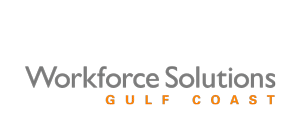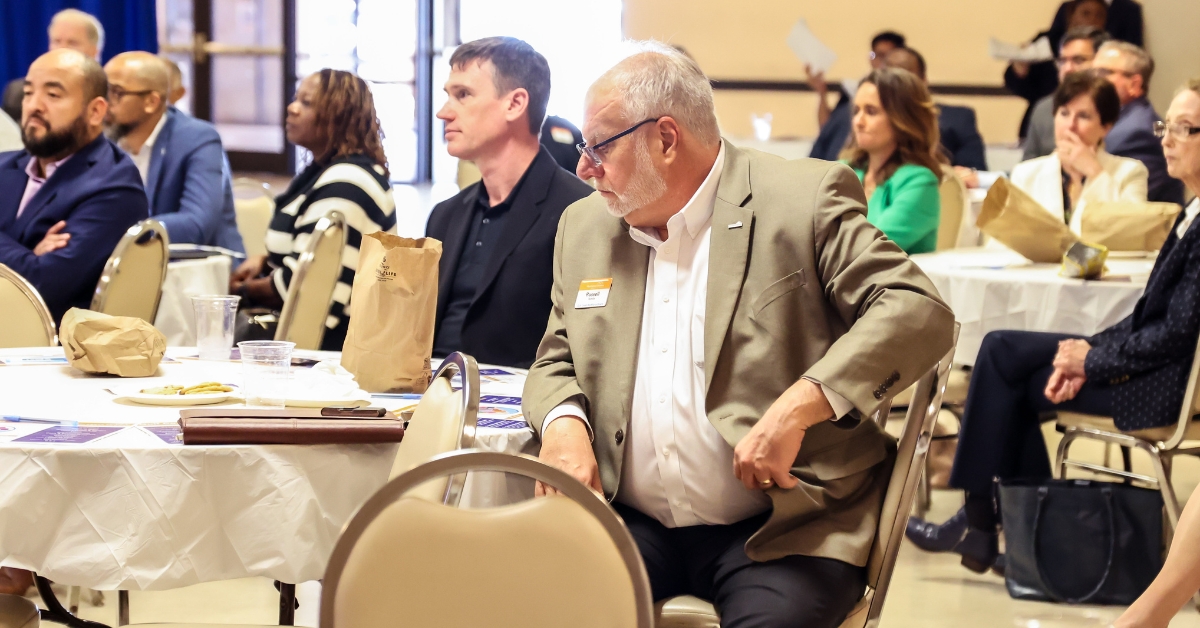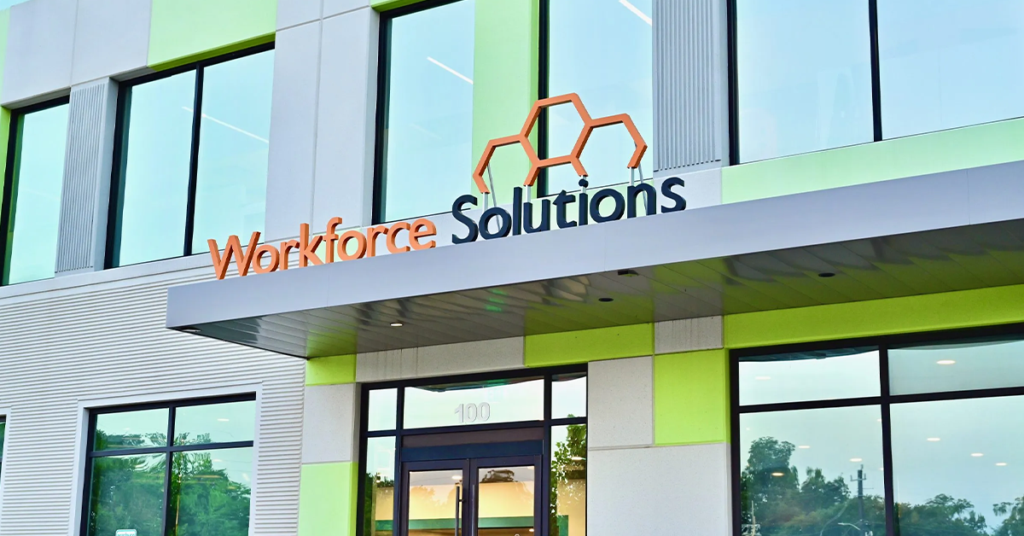The Gulf Coast region, now home to more than 7.3 million people, is undergoing rapid economic transformation. To support this shift, the Gulf Coast Regional Workforce Board, with funding from the Texas Education Agency, conducted a workforce gap analysis in 2024, focused on three high-growth sectors: education, construction, and health care. The goal was to understand where current capabilities fall short and what is needed to prepare job seekers for the evolving demands of the regional labor market.
This analysis combined national research with local labor data and insights from over 23 stakeholders. Findings revealed distinct challenges in each sector. In education, stigma and outdated systems limit interest and innovation. Construction, despite its strong growth potential, suffers from low wage perceptions and a misalignment between skill requirements and training. Health care faces difficulties in scaling successful pilot programs due to limited coordination and resources.
Beyond individual industries, the study identified broader issues that cut across sectors. Many workforce partners lack the long-term resources to sustain impactful programs. The system also does not do enough to prepare for future industry needs, nor does it provide adequate support for individuals who are furthest from job readiness, creating barriers to access and deepening existing inequalities. These challenges underscore the need for systemic change in how workforce development is approached.To close these gaps, the report recommends bold, cross-cutting strategies such as aligning funding through regional block grants, supporting innovation through flexible financing, and establishing universal data systems.
Workforce Solutions is taking the lead in putting these strategies into action, strengthening employer engagement, connecting candidates to meaningful work, and aligning training to real labor market needs. The goal is to create a more inclusive and future-ready workforce that supports long-term economic growth in the Gulf Coast.




